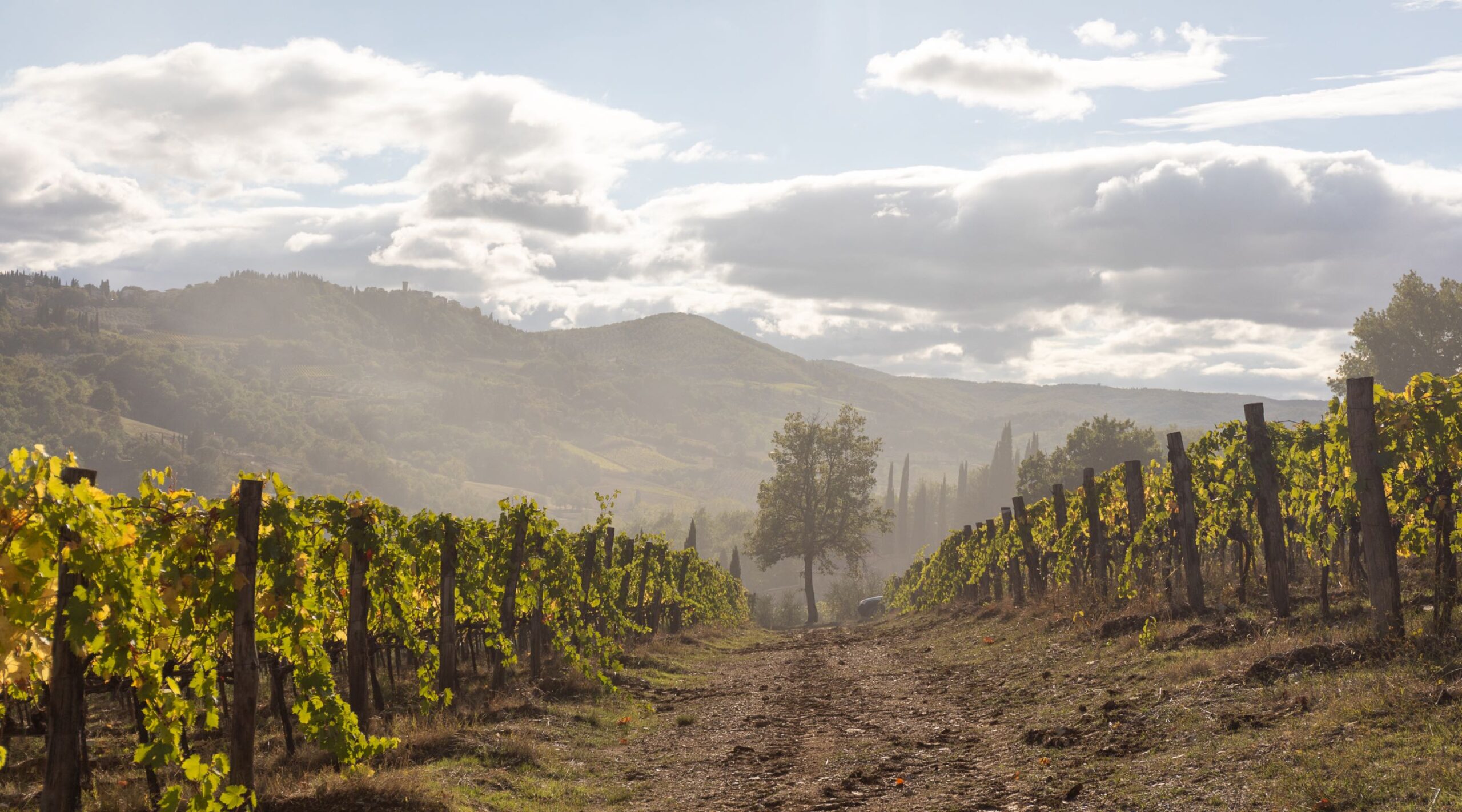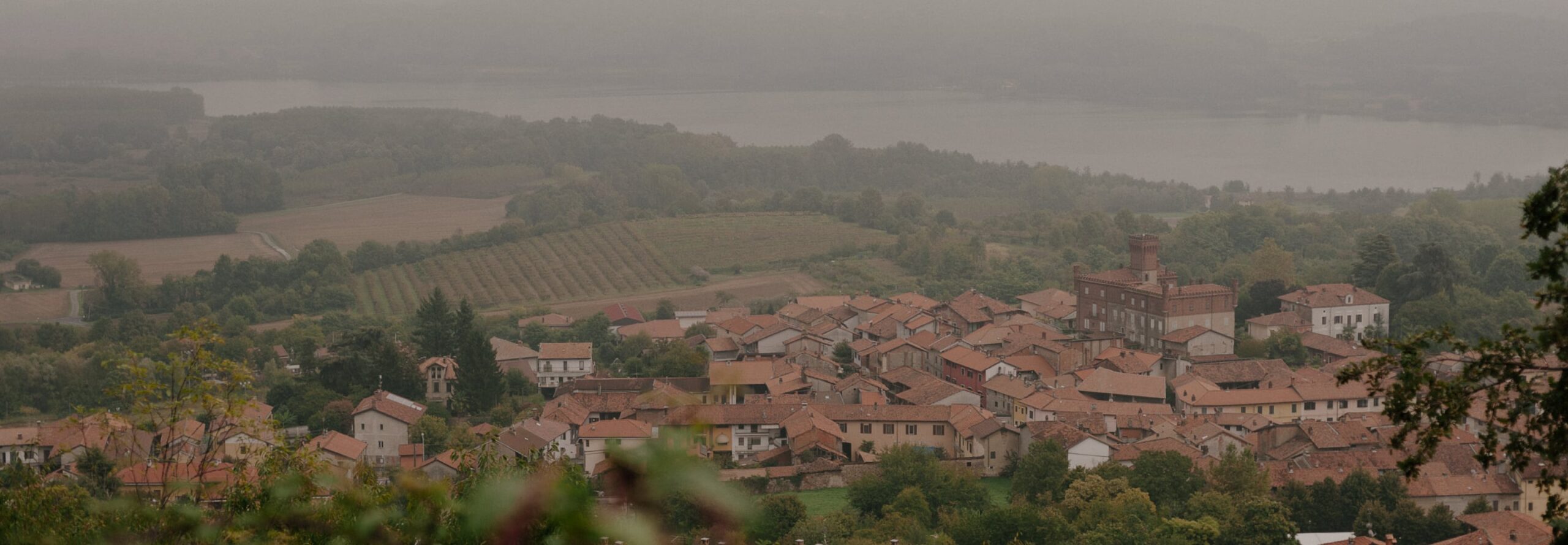Inhabited since the 11th century, the hilltop hamlet long served as a rural defensive fortress until it was abandoned and then acquired by Sergio Manetti in 1967 as a vacation home for his family. Planning to make a small amount of wine for family and friends, Signor Manetti planted 2 ha of vineyards and built a small cantina. After rapid success and acclaim Signor Ma- netti decided to devote himself entirely to producing wine at his estate, doing so with vigor until 2000. After Sergio Manetti’s death, Montevertine passed into the hands of his son Martino and Paolo Salvi, protégé of longtime estate oenologist Giulio Gambelli.
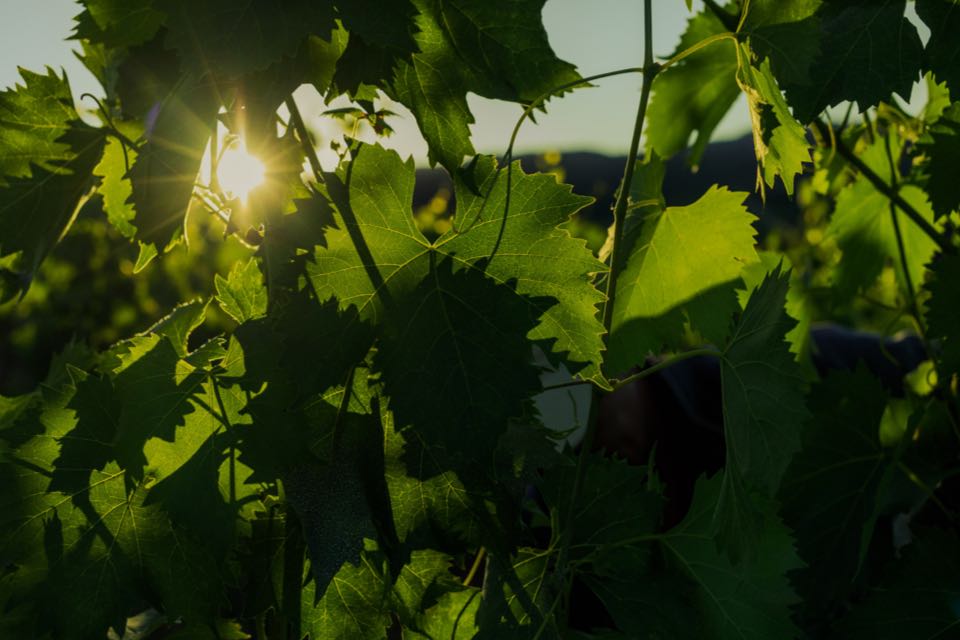
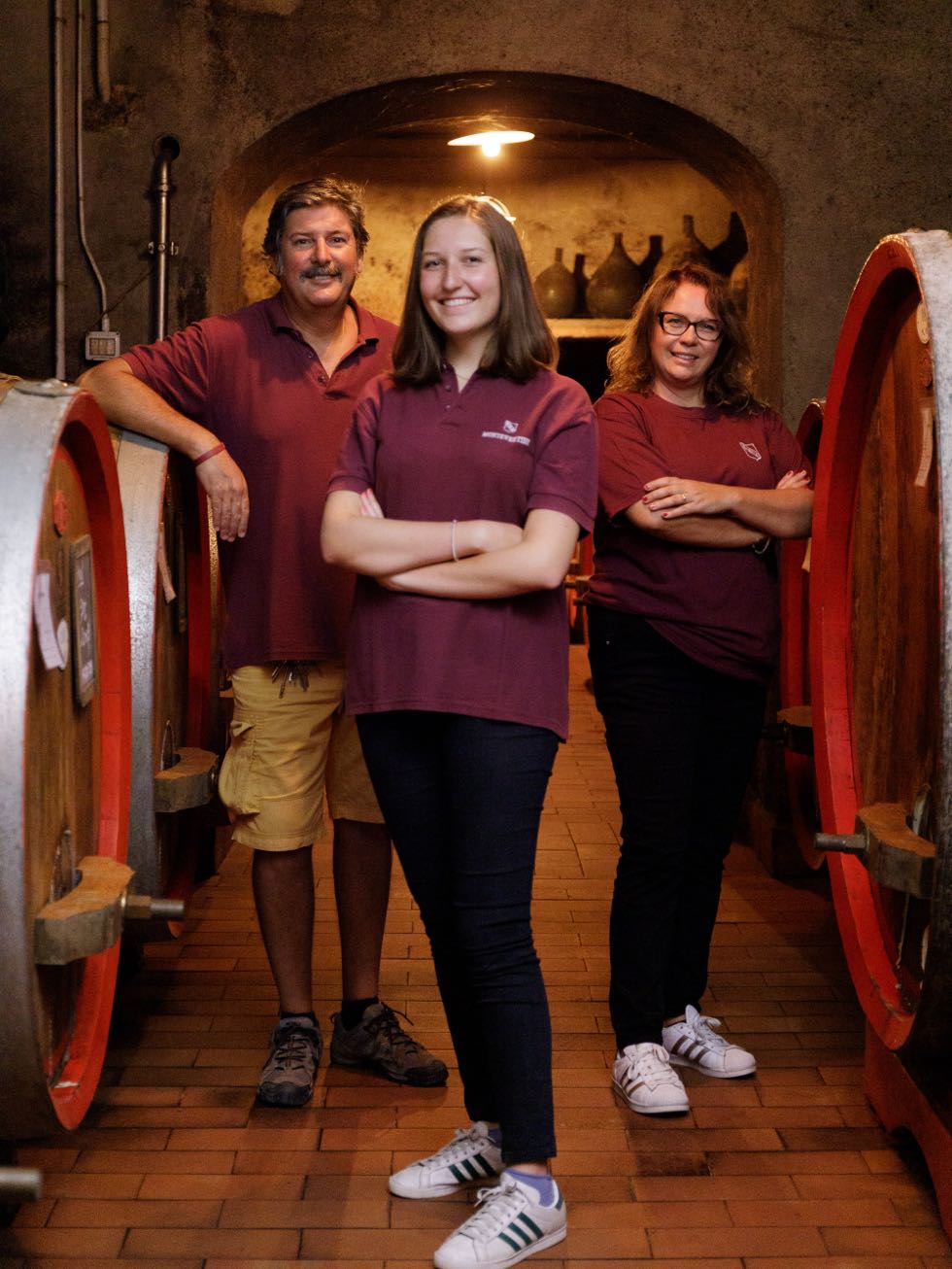
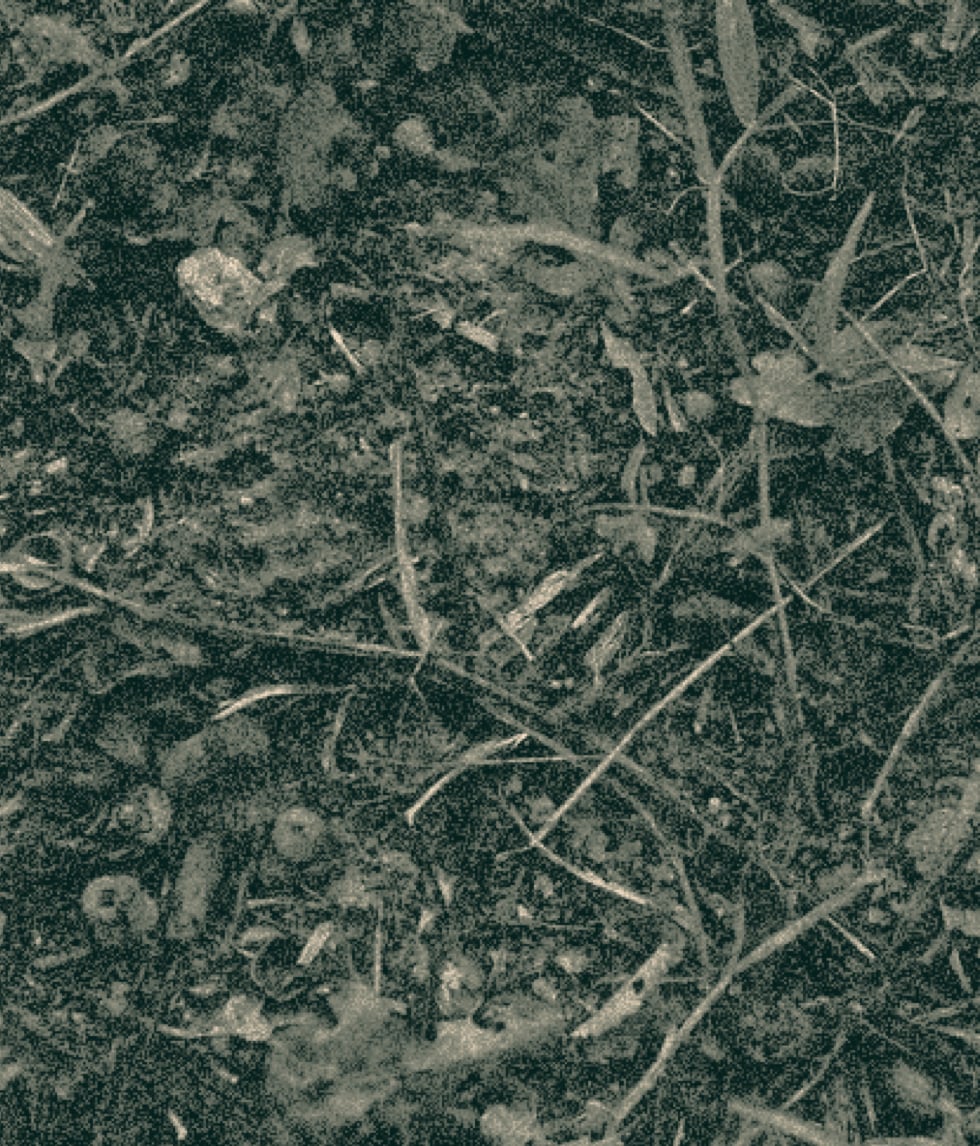
Montevertine counts 18 ha of vines, divided into 9 separate parcels, with the oldest vines planted in the Pergole Torte parcel in 1968. Nine tenths of the vineyard is planted to Sangiovese, the remainder dedicated to Colorino and Canaiolo. By 1981, due to Signor Manetti’s refusal to incorporate Trebbiano into the Montevertine blend, Montevertine left the Chianti Classico consortium, thereby forgoing the Chianti Classico denomination. Because of this history, Montevertine is frequently, but erroneously, included in the category of “super-Tuscan” wine. In fact, Montevertine’s policy of strict reliance on Sangiovese with a small complement of Colorino and Canaiolo is in direct contradiction to the approach of super-Tuscan estates, which purposely include non-local grape varieties like Cabernet Sauvignon, Syrah and Merlot in their blends. Despite the formal lack of the appellation, Montevertine is one of the rare examples of a true Chianti Classico.
Farming
Practicing organic
Treatments
Copper-sulfate only
Ploughing
Annual ploughing to promote vineyard health, with grass tolerated between the vines
Soils
Albarese (Limestone-clay) and Galestro (Schistous clay)
Vines
Planted at 3,200-5,000 vines/ha and trained in Cordon de Royat and Guyot, vines average 20 years old
Yields
Controlled via severe pruning, debudding, and partial deleafing
Harvest
Entirely manual, usually in early October
Sourcing
Entirely estate fruit
Fermentation
After total destemming, wines ferment spontaneously in 150-hl concrete vats. Cuvaison lasts c. 20 days
Extraction
Wines see pumpovers during maceration
Chaptalization
None
Pressing
Vertical basket press
Malolactic Fermentation
Spontaneous, in concrete vats until March
Élevage
Pian del Ciampolo ages for 12 months in 7.5, 10, and 18-hl neutral Salvonian oak botti; Toscana ages for 24 months in 7.5, 10, and 18-hl neutral Salvonian and Allier oak botti; Le Pergole Torte spends 12 months in 10 and 16-hl neutral Slavonian oak botti and 12 months in neutral 225-l Allier barriques
lees
Wines remain on their lees until racking following malolactic
Fining and Filtration
All wines are unfined and unfiltered
sulfur
Applied at each racking and at bottling, with c. 81 mg/l total sulfur
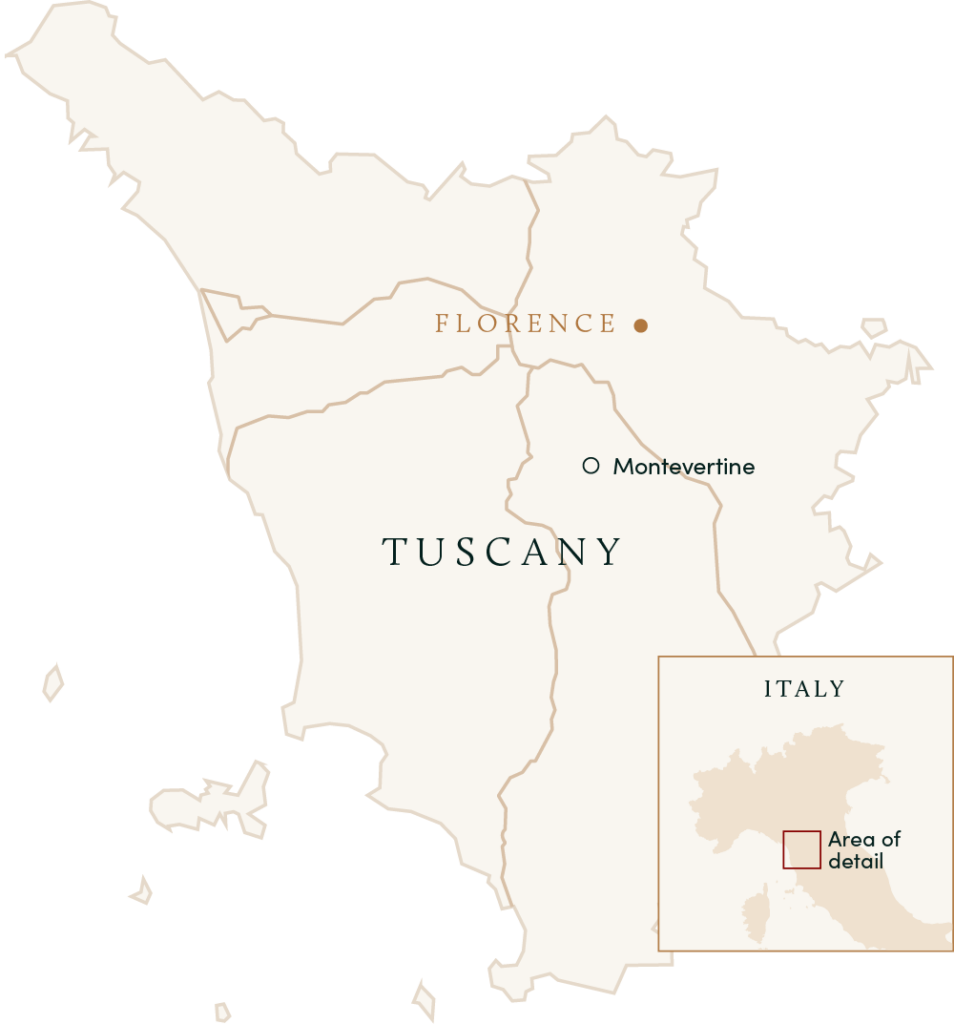
Optional caption text here lorem ipsum
